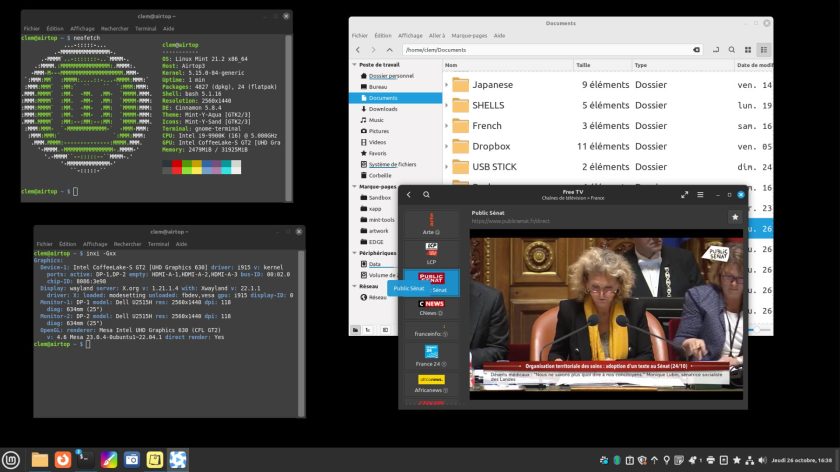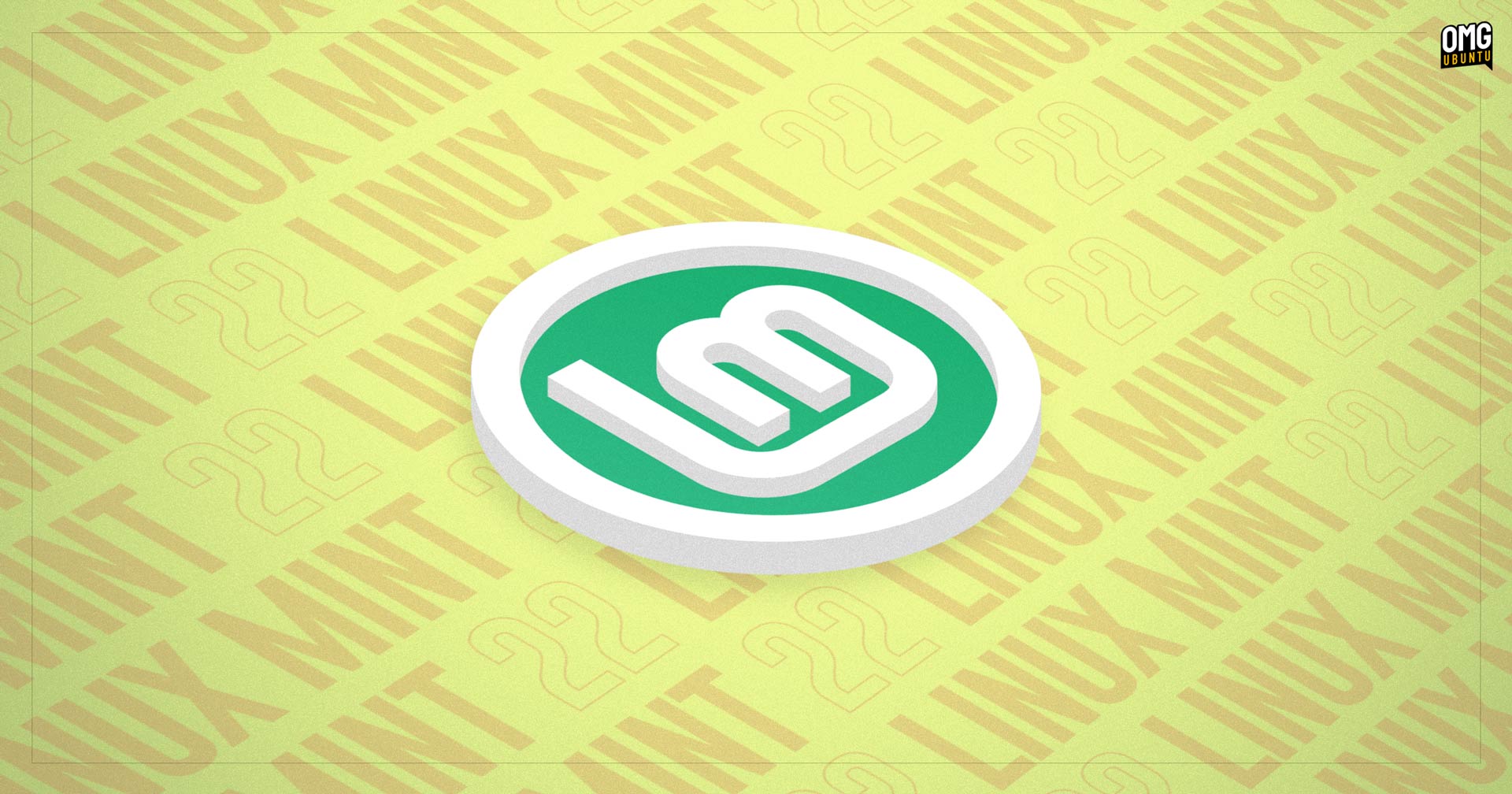A slew of modernisation are set to ship in next version of Linux Mint, which will be based on Ubuntu 24.04 LTS.
First up, Linux Mint 22 will switch to using Pipewire as its default sound server.
Most major Linux distros now use Pipewire. The tech modernises and standardises multimedia processing, is more resource efficient, improves integration between app and hardware, and works with software made for other audio sound systems, e.g., PulseAudio, ALSA, etc.
Another significant change on the way involves more timely Linux kernel updates.

The current Linux Mint 21.x series is based on Ubuntu 22.04 LTS and uses the “GA” kernel (the one Ubuntu 22.04 LTS was initially releases with) by default, i.e. Linux 5.15. Linux Mint 21 (released 2022) through Linux Mint 21.3 (released 2024) all use the same kernel series.
While Linux Mint users can install newer Linux kernels (the Ubuntu HWE stack) manually those updates are not rolled out automatically, so most don’t benefit. And a separate EDGE ISO has to be created to enable users with newer hardware to be able to install the distro at all.
Stability underpinned that approach, and it wasn’t without precedent. Ubuntu LTS releases used to default to the GA kernel unless users opted-in, but the distro swapped tack many moons ago and began to roll out HWE updates to all users, automatically.
Given that HWE kernels are now widely used in Ubuntu LTS installs with few (if any) reported issues Mint’s current kernel cadence seems overly conservative in comparison.
Hence it’s time for a change.
Linux Mint 22 will make new Linux kernel releases (i.e. the Ubuntu HWE stack) available to all. When an Ubuntu 24.04 LTS point release is made users of Linux Mint 22 will receive the same kernel uplift, right alongside their other software updates.
This change puts the distro on a surer footing for the future, able to support newer hardware sooner, and ensure its own users benefit from the latest kernel features, performance tweaks, optimisations, and so on.
Folks who wish to stick with the GA kernel (it receives 5 years of ongoing security patches, bug fixes, and the like from Canonical) can choose to do so.
Other changes in Linux Mint 22
Linux Mint 22 supports the new Deb822 format in its Software Sources utility, and adds support for JXL images in the Pix photo app. Ubuntu 24.04 LTS doesn’t support JXL natively despite some efforts to try and do so, making this a nice move on Mint’s part.
GNOME Online Accounts (libgoa) migration to GTK4 means it can no longer be used by GTK3 applications.
To remedy this breakage Mint’s made a pair of distro-agnostic frontends to GNOME Online Accounts in both GTK4 and GTK3. These will ensure users (of any distro) are able continue to integration local apps with each other and with their preferred online/cloud service providers.
Finally, now that Thunderbird is a snap in Ubuntu 24.04 LTS (and the DEB version in the noble repos swapped for a snap transition package) Linux Mint 22 has taken on the role of packaging the esteemed e-mail client as a native DEB version.
In all, a nice set of buffs that add to the features previously revealed, which include a new Nemo Actions Organiser tool and a new IRC-based chat room app called Jargonaut to replace Hexchat whose development has ended.
Linux Mint 22 is due for release later this year.

